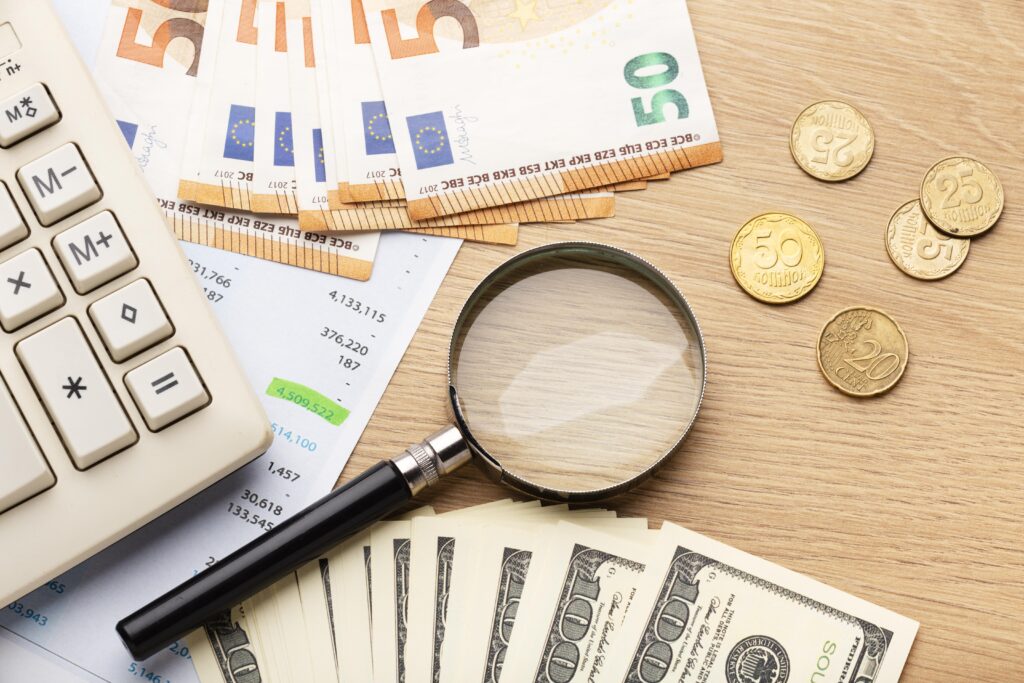
Let’s talk about the other thing that seems to disappear as quickly as our attention span:
Money.
If you’ve ever checked your bank account and had that sinking “wait, how did I spend $140 at Target in under 12 minutes?” moment—you’re not alone. ADHD doesn’t just mess with your focus—it plays tricks with your wallet too.
And spoiler: It’s because your brain is wired to chase stimulation, not spreadsheets.
Why ADHD Messes With Your Money (More Than You Think)
ADHD is a condition of dysregulation. That includes time, emotion, motivation, and yep—financial behavior.
Here’s the pattern many of us know too well:
- You avoid checking your account because it’s “too stressful.”
- You finally do, only to find $83.79 spent on stuff you don’t even remember buying.
- You feel guilty, promise yourself you’ll do better, and then repeat the same cycle next week.
This is ADHD. And there’s a real neurological reason for it.
Impulse Spending = Dopamine Hits
ADHD brains run low on dopamine—the chemical responsible for reward and motivation. So when we make a spontaneous purchase, especially something shiny, fun, or new, we get a quick hit of dopamine.
It feels good. So we do it again. And again.
Unfortunately, our bank accounts don’t get the memo.
Why Traditional Budgeting Doesn’t Stick
“Just make a budget and stick to it.” If you’ve ever heard that and wanted to scream into a throw pillow, I get it.
For neurotypical brains, budgeting is often a logic-based activity: input, output, track. For ADHD brains? It’s abstract, overwhelming, and honestly kind of boring.
Numbers on a spreadsheet don’t trigger urgency or interest. They just float there, waiting to be ignored.
One ADHD-Friendly Tactic: Budget by Category, Not Line Item
Let’s not try to overhaul your finances in one email. Instead, here’s one strategy that actually helped me, and has worked for many others I’ve worked with:
Stop trying to track every dollar. Start grouping your money into flexible categories you can actually remember.
Instead of:
- $37.82 groceries
- $4.99 subscription
- $13.26 coffee and snacks
- $11.57 random drugstore stuff
Try:
- Food & drinks
- Subscriptions
- Personal fun
- Essentials
Then set rough limits for each—not perfect numbers, just guidelines. And use tools that show you your available amount visually (apps like YNAB or even simple envelopes or color-coded trackers work great for ADHD minds).
Why this works:
- It reduces decision fatigue. You don’t need to overthink each transaction.
- It turns budgeting into pattern recognition, not memory recall.
- It’s easier to reset when you overspend in one category, instead of feeling like you’ve blown the whole thing.
A Quick Story From My Wallet (or Lack of One)
I once spent an embarrassing amount of money on office supplies during a “productive phase.” I was convinced that if I had the perfect color-coded pens and sticky notes, I’d finally get organized.
Did it help? Sure. For three days.
Then the pens ended up under the couch, and the guilt kicked in.
That cycle—dopamine spike → impulsive spending → guilt → avoidance—is something I’ve lived through again and again.
But once I realized it was ADHD at work—not some deep character flaw—I was able to step back and start making financial systems that work with my brain, not against it.
Final Thought: You’re Not “Bad With Money.” You’re Just Not Neurotypical.
The traditional tools weren’t made for you—but that doesn’t mean you’re doomed to chaos.
- You don’t need to become a budgeting robot.
- You don’t need to track every cent.
- You just need to find systems that make sense to your brain.
And I promise—those systems exist. We’ll keep exploring them together.
Amy Harper